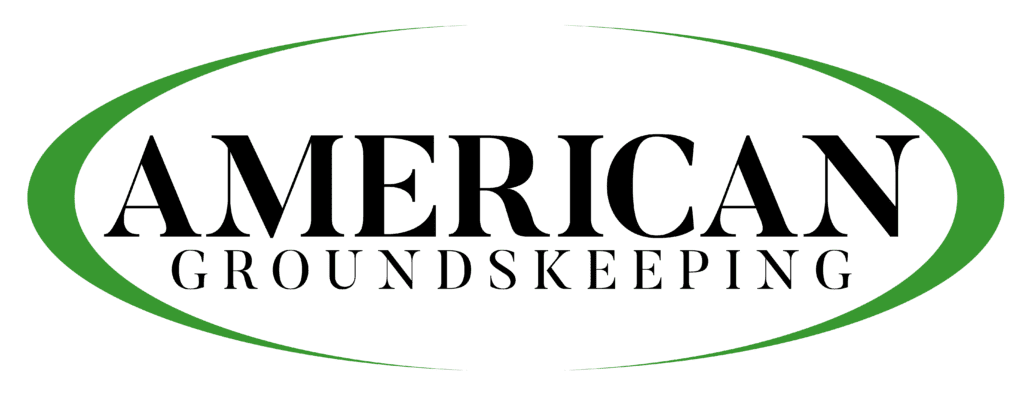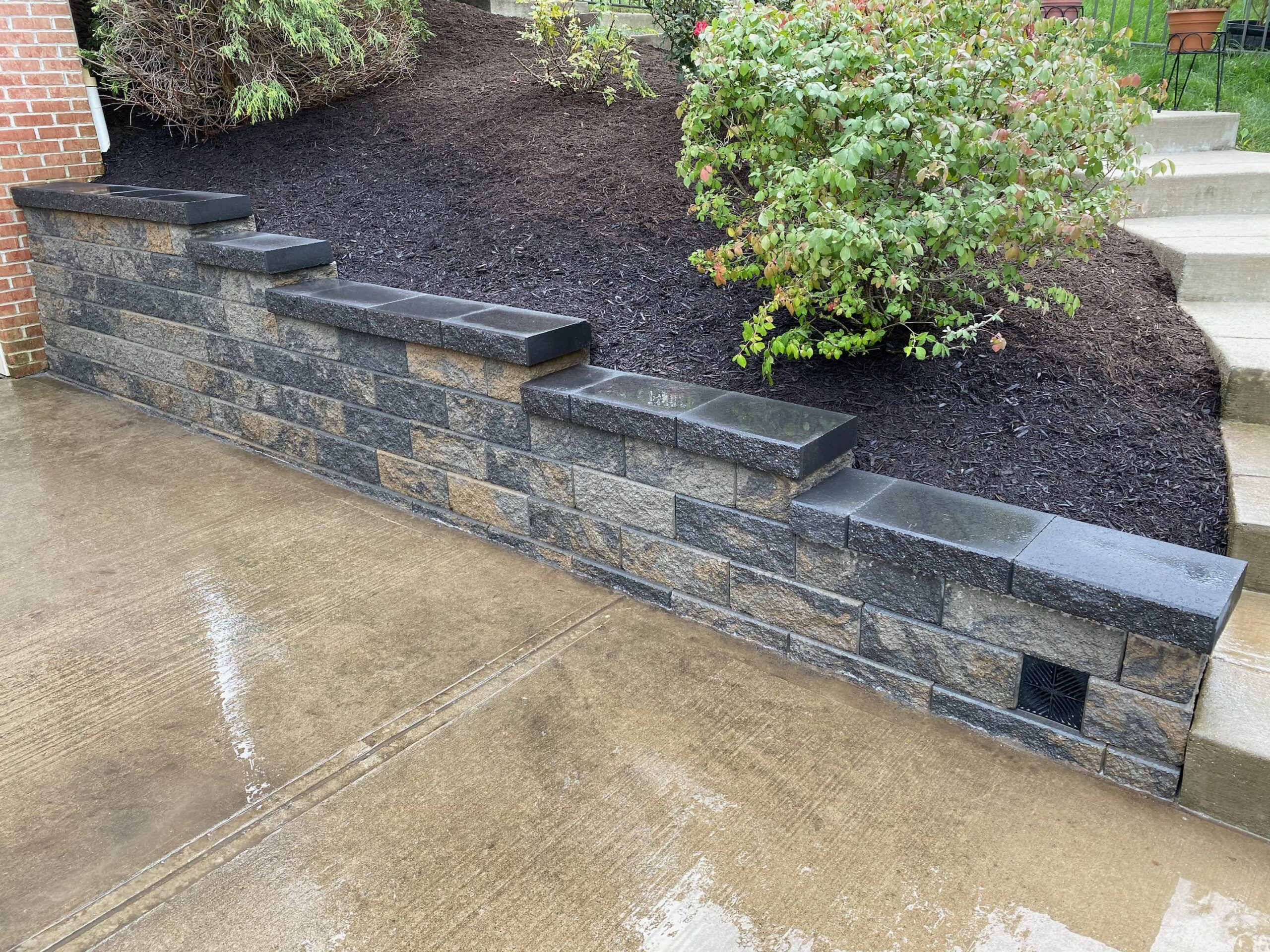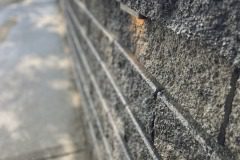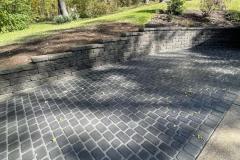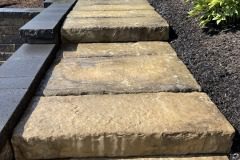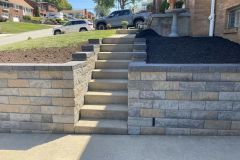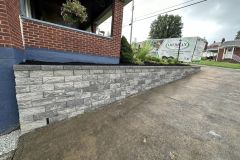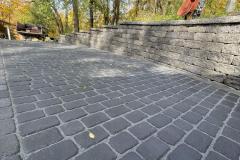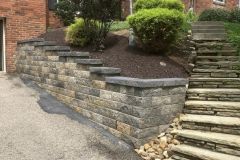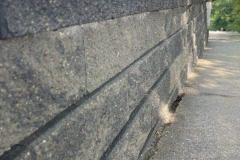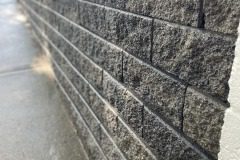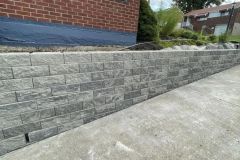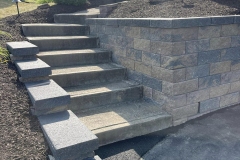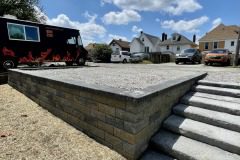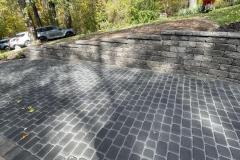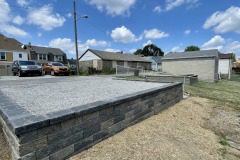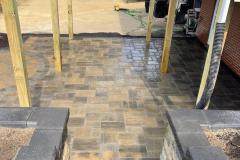I’m excited to share with you the ultimate guide on building a retaining wall. Whether you’re tackling a slope, using blocks, or opting for bricks, this step-by-step tutorial will help you achieve your landscaping goals.

Understanding the Basics of Retaining Walls
Before diving into the construction process, it’s essential to understand the purpose and function of retaining walls. Retaining walls are essential structures in landscaping, designed to hold back soil and prevent erosion. They create level ground for landscaping, prevent damage to property, and add aesthetic appeal to outdoor spaces.
Purpose of Retaining Walls
Retaining walls serve various purposes, including:
- Preventing soil erosion
- Creating usable space on slopes
- Supporting raised flower beds or garden areas
- Preventing damage to structures from soil movement
Types of Retaining Walls
There are several types of retaining walls, including:
- Gravity Retaining Walls: These walls rely on their weight and mass to resist pressure from behind and hold back soil.
- Cantilever Retaining Walls: These walls have a horizontal base and a vertical stem, providing additional stability.
- Anchored Retaining Walls: These walls use cables or other reinforcements to anchor them into the soil, providing extra support.
Choosing the Right Materials
The choice of materials for your retaining wall depends on various factors, including aesthetics, durability, and budget. Here are some common materials used for building retaining walls:
Blocks
Concrete blocks are a popular choice for retaining walls due to their durability and ease of installation. They come in various sizes, shapes, and colors, allowing for creative designs.
Bricks
Brick retaining walls add a classic and timeless look to any landscape. They offer durability and can withstand the elements while providing a charming aesthetic appeal.
Concrete Blocks
Concrete blocks are sturdy and durable, making them ideal for retaining walls. They come in different shapes and sizes, allowing for versatility in design.
Cinder Blocks
Cinder blocks are affordable and easy to work with, making them a popular choice for DIY retaining wall projects. They provide excellent structural support and can withstand the elements.
Planning and Preparation
Proper planning and preparation are essential for a successful retaining wall project. Here are some steps to consider:
Site Assessment
Start by assessing the site where the retaining wall will be built. Consider factors such as soil type, drainage patterns, and the slope of the terrain.
Marking and Clearing
Once you’ve assessed the site, mark the area where the retaining wall will be built and clear away any debris or vegetation.
Drainage Considerations
If you’re building a retaining wall on a slope, consider installing drainage pipes to redirect water away from the wall’s base and prevent erosion.
Building the Retaining Wall
Now comes the fun part – building the retaining wall itself! Follow these steps to ensure a sturdy and durable structure:
Excavation
Dig a trench along the marked area, ensuring it’s wide enough to accommodate the base of the retaining wall and deep enough to provide stability.
Base Preparation
Fill the trench with a layer of gravel or crushed stone to create a stable foundation for the retaining wall. Use a tamper to compact the base and ensure it’s level.
First Course
Begin laying the first course of blocks or bricks along the trench, making sure they’re level and tightly packed together. Use a level and rubber mallet to adjust as needed.
Building Up
Continue stacking additional courses of blocks or bricks, staggering the joints to increase stability. Use landscape adhesive to secure the blocks in place and prevent shifting.
Backfilling
Once the retaining wall is built to the desired height, backfill the space behind it with gravel or soil, compacting as you go to prevent settling.
Finishing Touches
Add finishing touches, such as capstones or coping stones, to the top of the retaining wall to provide a polished look and protect against water damage.
RI Lampus stands as a distinguished leader in the production of block and hardscape products, nestled in the heart of Western Pennsylvania. With a rich heritage spanning decades, RI Lampus has solidified its reputation as a premier provider of high-quality materials for landscaping and construction projects alike. Renowned for its commitment to excellence, RI Lampus prides itself on its meticulous attention to detail, ensuring that every block and hardscape product meets stringent quality standards.
At RI Lampus, innovation is at the forefront of everything they do. They’re state-of-the-art manufacturing facilities utilize cutting-edge technology and processes to create products that not only meet industry standards but also exceed customer expectations. From interlocking concrete pavers to retaining wall blocks, Their diverse range of offerings caters to the diverse needs of their clientele, spanning homeowners, contractors, and architects across the region.
Moreover, RI Lampus unwavering dedication to sustainability underscores their commitment to environmental stewardship. They prioritize eco-friendly practices throughout their operations, from sourcing raw materials responsibly to implementing energy-efficient manufacturing processes. By prioritizing sustainability, RI Lampus not only minimizes its environmental footprint but also contributes to the creation of a greener, more sustainable future for generations to come.
Partnering with American Grounds Keeping
If you’re feeling overwhelmed by the prospect of building a retaining wall yourself, don’t worry – American GroundsKeeping is here to help. Our team of experienced landscapers specializes in all aspects of landscaping, including retaining wall installation.
Whether you’re looking to enhance your outdoor space with a beautiful retaining wall or need assistance with other landscaping projects, American GroundsKeeping has the expertise and resources to bring your vision to life.
Visit American GroundsKeeping to learn more about our services and schedule a consultation.
With this comprehensive guide and the support of American GroundsKeeping, you’ll be well on your way to building the perfect retaining wall for your landscape. Happy landscaping!
This expanded guide provides more detailed information on each aspect of building a retaining wall, ensuring readers have all the information they need for a successful landscaping project.
